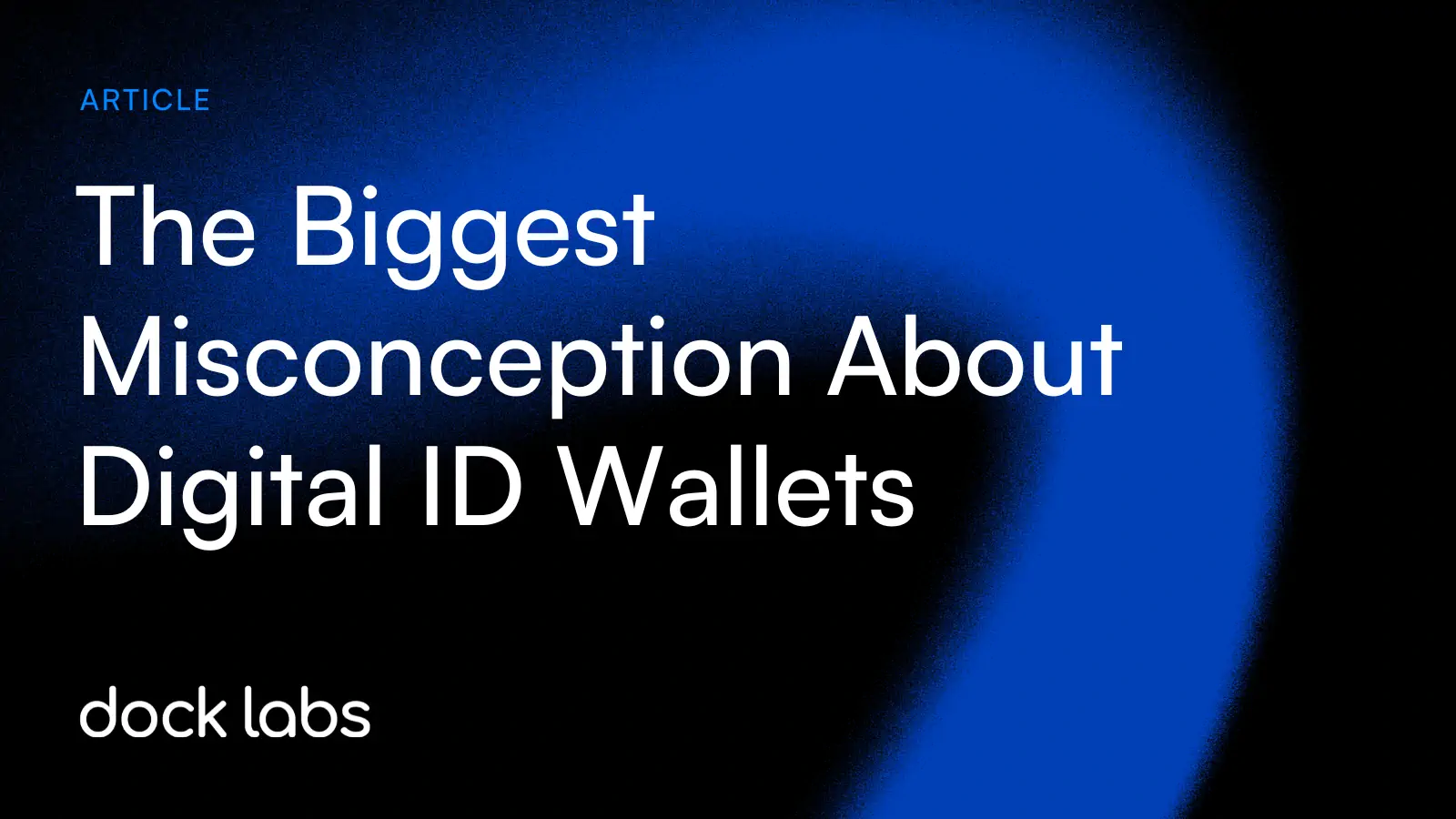When most people hear “digital ID wallet”, they picture an app that looks like an Apple Wallet, filled with digital cards for IDs, licenses, and credentials.
But that mental image is limiting.
Because an identity wallet isn’t about digital cards, or even about apps.
It’s simply a secure way to store and share verified data, data that’s cryptographically signed and privacy-protected.
In reality, a wallet can take many forms depending on the use case.
1. Embedded wallets: Invisible to the user
In some cases, the wallet lives inside another app.
A user might tap a button in their banking app to share their verified name and address with a car rental company.
Behind the scenes, that information is shared using verifiable credentials and selective disclosure, but the user doesn’t see any of that complexity.
They just see a smooth, one-tap experience.
For organizations, this approach keeps the user experience simple and seamless, while maintaining security, compliance, and data provenance.
2. Standalone wallets: User-managed and portable
In other scenarios, it may make sense for users to have full visibility and control, managing credentials in a standalone wallet app.
Take a supply chain scenario.
A logistics company driver may need to present multiple credentials such as their commercial license, proof of employment, and vehicle compliance certificate to access a port or warehouse.
Since the organizations involved in this ecosystem often don’t have an existing app that could embed wallet functionality, a standalone wallet provides a ready-made and secure interface tailored to their workflows.
It can be branded and distributed directly to drivers, inspectors, or on-site contractors, giving the organization full control over onboarding, credential issuance, and verification.
A standalone wallet also future-proofs the ecosystem. Once in place, the same app can support new credential types, new partners, and new verification workflows without needing to rebuild integrations or redesign user experiences.
Identity wallets aren’t one thing.
That's the key takeaway.
They’re a flexible framework that adapts to the needs of each use case, from invisible, app-embedded wallets to fully user-managed experiences.
This flexibility is what makes digital identity wallets truly enterprise-ready.
Organizations can calibrate the experience based on workflows, security requirements, and user preferences, instead of being forced into a one-size-fits-all model.
💡 At Dock Labs, we’re helping organizations implement this through mobile SDKs, cloud wallets, and APIs that make verifiable credentials simple to issue, verify, and share.






